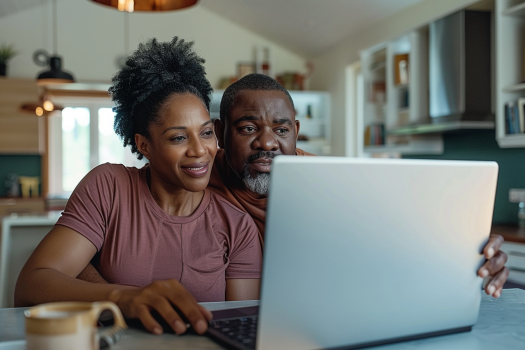Filter groups offer a way to further categorize your content beyond the standard categories for Events, Products, Resources, and Sponsors that CommuniBee provides. These groups enable users to filter content based on additional criteria.
For instance, if you’re offering food items in your Marketplace, you may have categories such as Breakfast, Lunch, Dinner, and Snacks, in which case, you might set up a filter group for dietary restrictions with options like vegan and gluten-free. Similarly, a filter group for locations could help users find items based on specific buildings, towns, or rooms. See the end of this guide for additional examples.
Filter groups can be applied to your community’s Events, Products, Resources, Sponsors, and News Posts. This feature enhances the user experience by making it easier to navigate and find relevant content.
To get started, select the Content tab from the side menu, then click Filter Groups. Here, you have an overview screen that lists all your existing filter groups and basic details such as the Filter Name, View count, the Author, and the current State (Visible, Scheduled, Draft, Archived).
To create a new filter group, click Add Filter Group.
Start by including some general information about this filter group.
Once you have entered the above details, click Save.
Lastly, select the area(s) of your site that should display and apply this filter group. As mentioned previously, filter groups can apply to the following areas: Events, Marketplace, Sponsors, Resources and Posts. A filter group may apply to more than one area.
This section is where you create the specific Filters that belong to this Filter Group. If you have existing filters, they will display on this page and list the Filter Name, View Count, the Author, and the current State (Live, Draft, Archived, Upcoming).
The steps to setting up filters is very similar to setting up the filter group itself. When you click on Add Filter, you will be required to fill out a second set of General, Configuration, Media, Layout, and Visibility tabs. The key difference is on the Configuration tab which allows you to optionally create a hierarchy for your filters.
The remaining steps to setup an individual filter apply to settings up the overarching Filter Group, which the remainder of this guide will cover. Let’s continue setting up the Filter Group by moving on to the Media tab.
This section is all about the design of the filter group’s page. You can upload images or link to a video that act as the banner for this page. The appearance of your banner can then be configured to create a visually stunning landing page.
After configuring your media settings, navigate to the layout tab to preview your filter group’s page
Not only can you preview your page from this tab, but you can also make additional changes to the overall page layout.
To build on this page and add additional sections, follow the steps below:
To rearrange a block, use your mouse and hold left click on it, then drag the block above or below another block. Let go of left click to set the block in place. Learn more about the available page blocks.
With your filter group’s page fully designed and ready to share to your audience, the Visibility tab is where you make the page visible.
Status
At any time, you can manually update the status of this page. You can also schedule a Publish Date to have this page become visible at a specific date and time. Be sure to switch the status of the page to Live before entering a Publish Date. If you include a Hide After date, this page will automatically switch from Live to Archived at the specified date and time.
Here are additional examples of how you can leverage standard categories along with filter groups for enhanced organization:

CommuniBee does not display active communities right now. If you are looking to view a specific community, you will need the community’s website URL.
Be sure to check your email to see if you received an invitation to the community; otherwise, you should contact a community admin for access.
Still stuck? Email us at support@communibee.ca